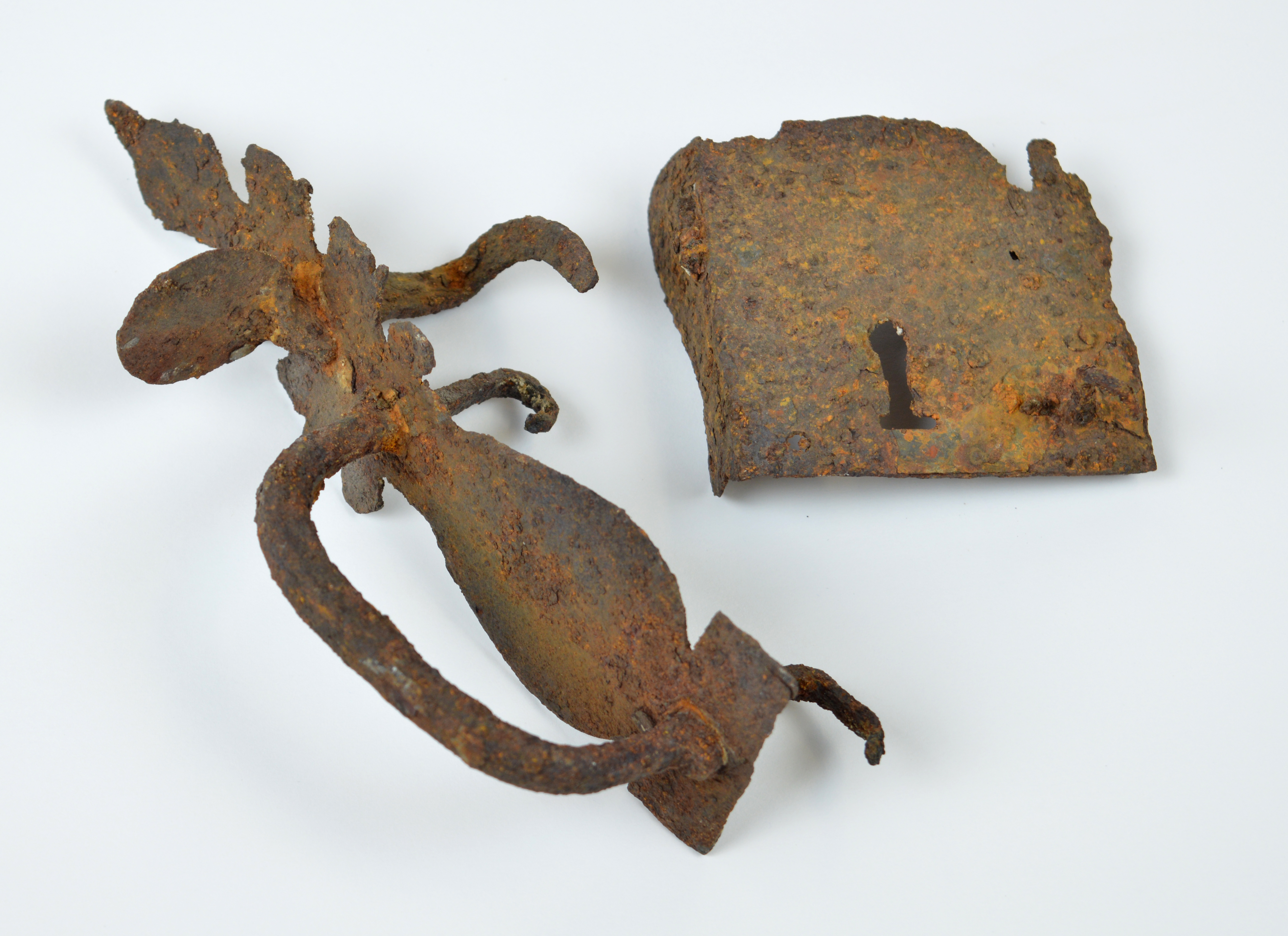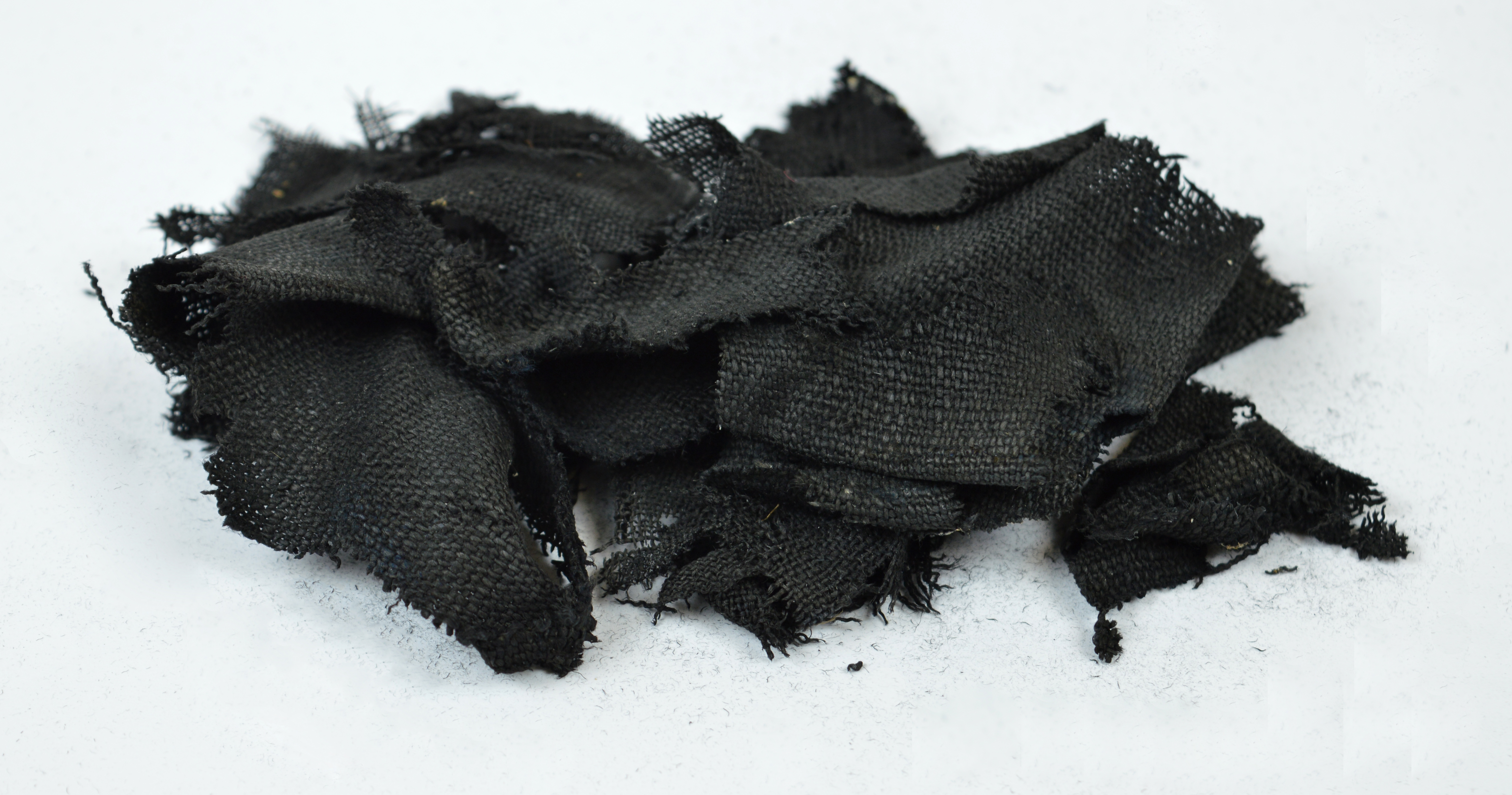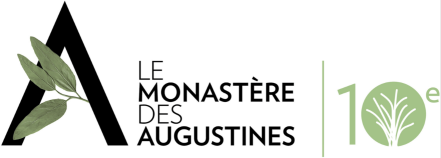Archaeological Excavations of the Monastère des Augustines
Between 2013 and 2015, archaeological excavations took place before the Monastère des Augustines’ rehabilitation work of the Hôtel-Dieu de Québec. The work cooperative, Artefactuel, was entrusted with this project and supervised by archaeologist Nathalie Gaudreau. Let’s explore how unique these excavations were.
An indoor archaeological site
The Monastère des Augustines’ archaeological excavations of the Hôtel-Dieu are exceptional in both their duration and their location. Indeed, it is rare for an archaeological site to spread over such a long period of time. All the excavations took place over three years and followed the schedule of the monastery’s rehabilitation works. Artefactuel’s team was fortunate enough to carry out the work of a monastery that had been, until then, inhabited by nuns. It should be noted that it is extremely rare for archaeologists to work inside buildings; their excavations generally take place outdoors under the natural sunlight. These excavations therefore required the team to adapt—both in terms of working methods and new lighting techniques.
The remains of the June 7, 1755 fire
To narrow down their areas of their excavations, Artefactuel’s archaeologists relied on old plans found in the archives of the Hôtel-Dieu de Québec monastery, as well as on certain writings, such as Les Annales de l’Hôtel-Dieu de Quebec. The use of these documents made it possible to invalidate or confirm certain hypotheses. Take for example the burning of the monastery and the hospital of June 7, 1755. By removing the slatted floor of the first floor of the garden’s wing, archaeologists discovered charred debris, which were remnants of the fire. These remnants bore the traces of the 1775 fire and confirmed the idea that the reconstruction of the monastery was rapid. Indeed, it was rebuilt in about two years, without even taking the time to collect all the debris from the fire. The thumb latch below shows the traces of the fire of 1755.

A big surprise: the tank of the corner pavilion
The discovery of vestiges under the corner pavilion was a surprise for archaeologists, since they do not appear on any old map. This discovery was made when the contractors began digging that part of the monastery, which was then to be filled with concrete to build a mechanical equipment room.
This structure, of which one of the extremities of its base was a hemicycle, would be more than three centuries old. It would have served to contain water, given its outwardly curved appearance and clay mortar for better sealing. Soap residues were discovered inside the tank, suggesting that it was used as a wash house. This tank was located on another structure, which was probably an old chapel dating from the beginnings of the colony.
The work site of what became the Monastère des Augustines was delayed by several months so that another site was chosen to build the engine room. The Ministère de la Culture du Québec intervened to ensure that these vestiges remain preserved. To learn more about excavations of the corner pavilion, watch this video filmed during the work.
An extensive network of water pipes
When they arrived in Nouvelle-France in 1639, the Augustinian Sisters faced a major challenge: the lack of access to water. Impossible for them to build a hospital without water. They abandoned their Québec monastery to settle in Sillery, not far from the current Côte Gignac. In 1644, they returned to Québec to their present location. Archaeological excavations in recent years have uncovered a large network of pipes for supplying the hospital and community buildings with water. These remnants may seem trivial, but they reflect the importance of water to the Augustinian Sisters and the ingenuity they showed to become self-sufficient.

Sources:
The Artéfactuel cooperative. Le Monastère se dévoile : Interventions archéologiques 2013-2015 au site du Monastère-des-Augustines-de-l’Hôtel-Dieu-de-Québec (CeEt-80), December 2016

